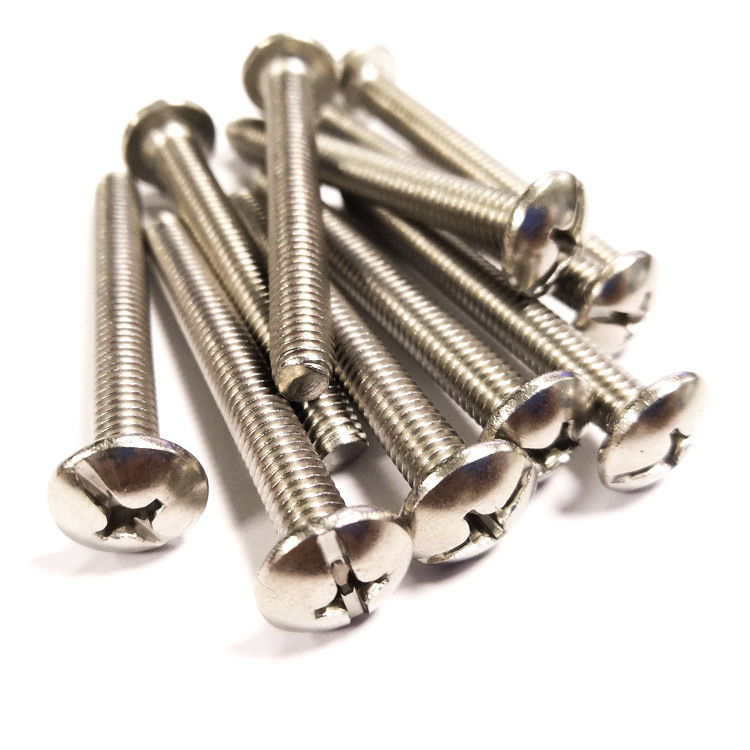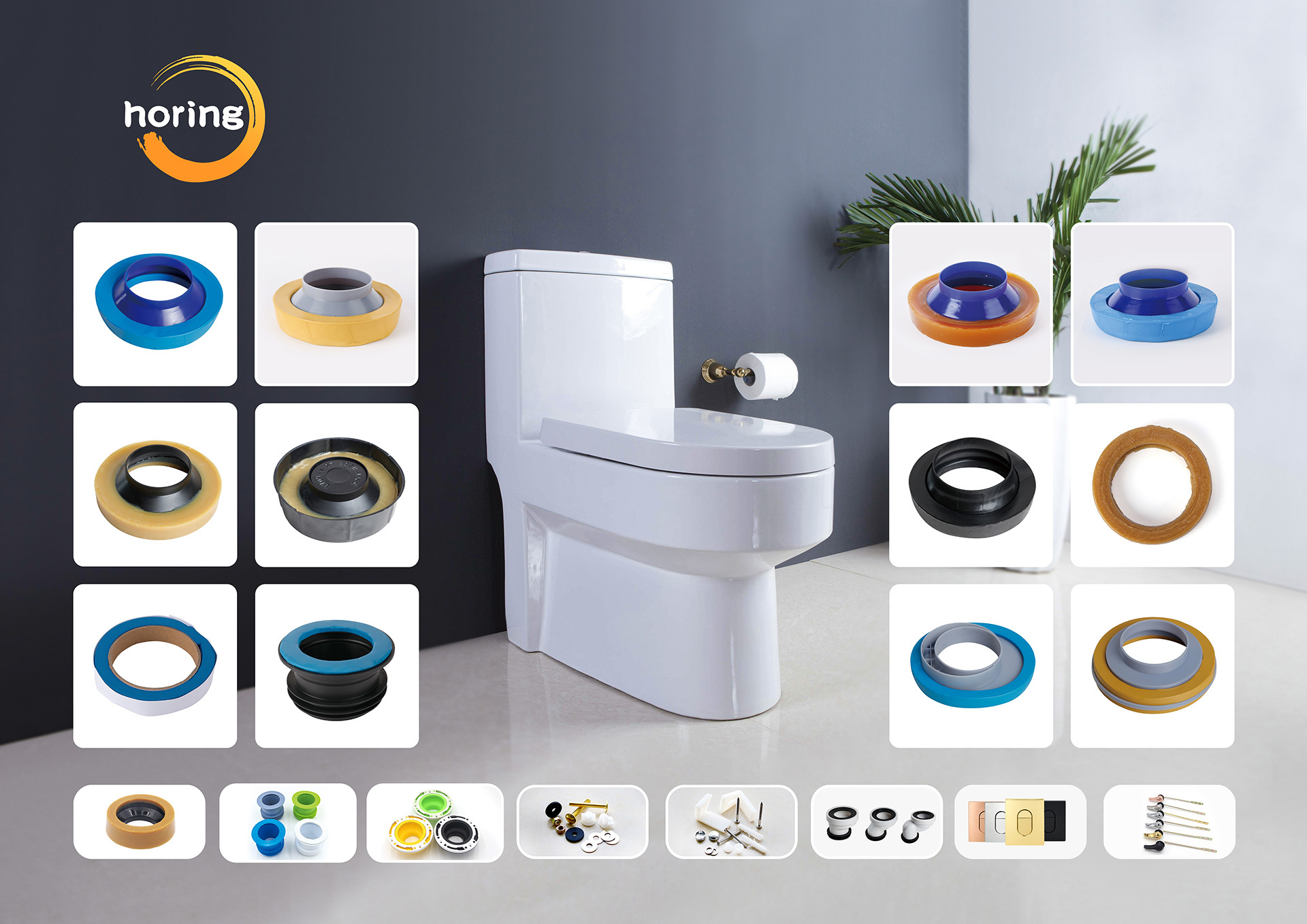toilet tank to bowl screws
Release Time:
Jun 04,2025
Source:
When it comes to bathroom fixtures, the toilet is often taken for granted. However, the integrity of a toilet system hinges on several key components, among which the toilet tank to bowl screws play an essential role. These screws secure the tank, which holds the water used for flushing, to the bowl where the waste is deposited. A proper understanding of these screws can help prevent common plumbing issues such as leaks and instability.
Toilet tank to bowl screws come in various types, usually made from materials such as stainless steel or plastic. Stainless steel screws are preferred for their durability and resistance to rust, which is crucial in a moist environment. Additionally, these screws typically feature a flat or rounded head, designed to provide a snug fit within the tank and bowl assembly.

Installation of these screws is generally straightforward, but it requires attention to detail. First, ensure that the rubber gasket or washer is in place to create a watertight seal. Next, align the tank with the bowl and insert the screws through the holes provided, tightening them evenly to avoid any stress on the porcelain. It’s essential to avoid over-tightening, as this can lead to cracks in the tank or bowl.
Regular maintenance of your toilet system is equally important. Over time, the screws may loosen due to vibrations or temperature changes. Periodically checking the tightness of the toilet tank to bowl screws can help prevent potential leaks. If you notice any signs of water pooling around the base of the toilet or on the floor, it’s crucial to inspect these screws promptly.
In addition to monitoring the screws, be aware of the overall condition of the toilet tank and bowl. Crack detection is vital, as even a small fissure can lead to significant leaks over time. If repairs are necessary, consider consulting a professional plumber who can provide advice tailored to your specific situation.
In summary, toilet tank to bowl screws are a critical yet often overlooked component in toilet maintenance. Understanding their function, types, and installation methods can lead to a more reliable bathroom experience. By staying vigilant about their condition and performing regular checks, homeowners can ensure that their toilets operate efficiently and remain leak-free. Remember, a small investment of time in maintenance today can save significant inconvenience and expense in the future.
Related News



